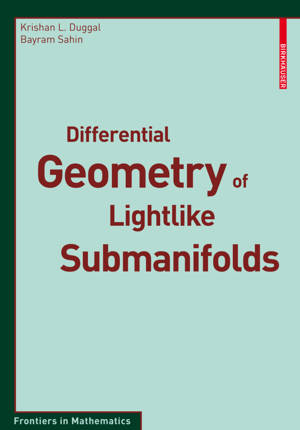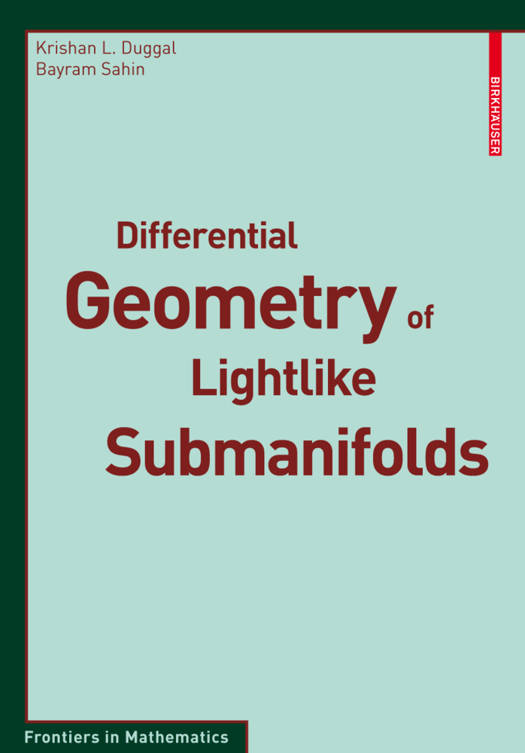
- Afhalen na 1 uur in een winkel met voorraad
- Gratis thuislevering in België vanaf € 30
- Ruim aanbod met 7 miljoen producten
- Afhalen na 1 uur in een winkel met voorraad
- Gratis thuislevering in België vanaf € 30
- Ruim aanbod met 7 miljoen producten
Zoeken
Omschrijving
Since the second half of the 20th century, the Riemannian and semi-Riemannian geometries have been active areas of research in di?erential geometry and its - plications to a variety of subjects in mathematics and physics. A recent survey in Marcel Berger s book [60] includes the major developments of Riemannian ge- etry since 1950, citing the works of di?erential geometers of that time. During the mid 1970s, the interest shifted towards Lorentzian geometry, the mathematical theory used in general relativity. Since then there has been an amazing leap in the depth of the connection between modern di?erential geometry and mathematical relativity, both from the local and the global point of view. Most of the work on global Lorentzian geometry has been described in a standard book by Beem and Ehrlich [34] and in their second edition in 1996, with Easley. As for any semi-Riemannian manifold there is a natural existence of null (lightlike)subspaces, in 1996, Duggal-Bejancupublished a book[149] on the lig- like (degenerate) geometry of submanifolds needed to ?ll an important missing part in the general theory of submanifolds. Since then the large number of papers published on lightlike hypersurfaces and general theory of submanifolds of semi- Riemannian manifolds has created a demand for publication of this volume as an update on the study of lightlike geometry. The objective is to focus on all new geometric results (in particular, those availableonlyafterpublicationoftheDuggal Bejancubook)onlightlikegeometry with proofs and their physical applications in mathematical physics."
Specificaties
Betrokkenen
- Auteur(s):
- Uitgeverij:
Inhoud
- Aantal bladzijden:
- 488
- Taal:
- Engels
- Reeks:
Eigenschappen
- Productcode (EAN):
- 9783034602501
- Verschijningsdatum:
- 14/01/2010
- Uitvoering:
- Paperback
- Formaat:
- Trade paperback (VS)
- Afmetingen:
- 168 mm x 239 mm
- Gewicht:
- 952 g

Alleen bij Standaard Boekhandel
+ 126 punten op je klantenkaart van Standaard Boekhandel
Beoordelingen
We publiceren alleen reviews die voldoen aan de voorwaarden voor reviews. Bekijk onze voorwaarden voor reviews.











